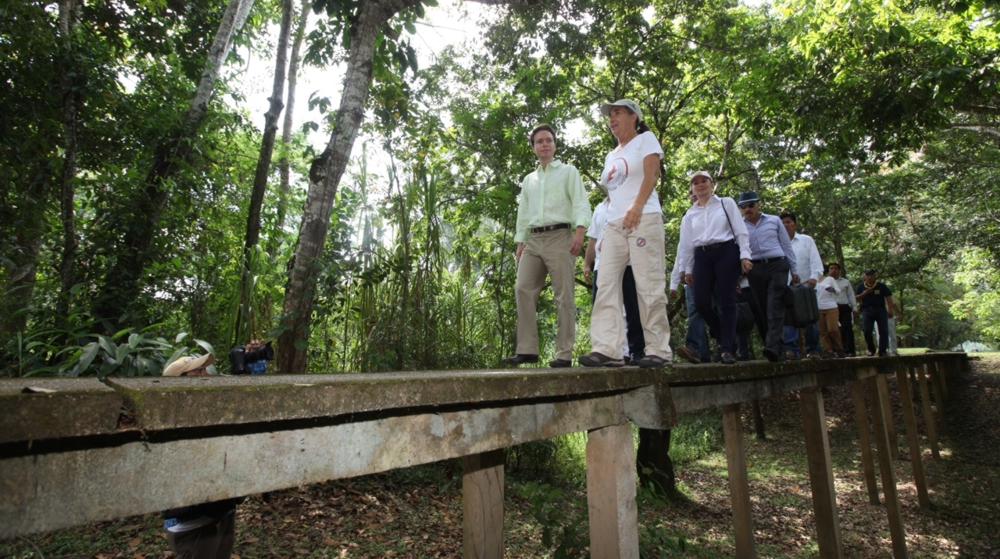



Le conseil consultatif sert de véhicule pour faire remonter à la Commission les expériences locales et les preuves des avantages de l'adaptation basée sur les écosystèmes. Pour relever les défis de l'adaptation, il est régi par plusieurs critères, parmi lesquels : identifier et réduire la vulnérabilité de la société et des écosystèmes ; prendre en compte les scénarios de changement climatique dans la planification territoriale ; étudier et renforcer la résilience et la capacité d'adaptation des systèmes naturels et humains ; tirer parti des opportunités générées par les nouvelles conditions climatiques et ; promouvoir la sécurité alimentaire, la productivité et la conservation des écosystèmes. Pour faciliter l'examen des questions techniques, le Conseil a créé quatre groupes de travail, le dernier étant celui sur l'adaptation. Ce dernier groupe espère consolider un espace d'échanges et de synergies multidisciplinaires, où ses membres pourront plaider en faveur de l'EbA. La contribution du Conseil à la gouvernance pour l'adaptation dépendra des mécanismes qu'il pourra faciliter pour l'intégration des organisations de base et de la société civile(ejidos). S'il adoptait également une approche de la gestion territoriale à l'échelle du bassin et collaborait avec les autres groupes de travail, il pourrait construire un modèle de gouvernance encore plus collégial, écosystémique et résilient.
- Disposer de preuves de l'efficacité de l'EbA pour intégrer l'EbA au sein du conseil consultatif : Des études de vulnérabilité communautaire et des expériences d'application de mesures d'EbA dans les ejidos des bassins versants supérieurs des rivières Coatán et Cahoacán, et sur la côte (Tapachula) ont été développées et partagées avec le Conseil.
- Partager les données probantes à grande échelle pour intégrer l'EbA : les études ont été présentées au VIIe Congrès national sur la recherche en matière de changement climatique, ce qui a permis de créer des réseaux, de sensibiliser et d'échanger des expériences sur l'efficacité de l'EbA.
- Les ressources financières constituent un obstacle à la mise en œuvre de l'EbA. Atteindre les décideurs politiques pour qu'ils incluent l'EbA dans les priorités de développement de l'État et qu'ils lui attribuent un budget reste un défi. Bien que les conseillers soient ouverts à l'idée d'exploiter les approches de l'EbA auprès des décideurs politiques, il est encore nécessaire de renforcer les liens entre le système institutionnel de lutte contre le changement climatique de l'État et les organisations de gestion des bassins versants/des ressources.
- L'EbA peut avoir un impact plus important en complétant les actions et en reconnaissant les synergies avec d'autres stratégies, telles que l'atténuation/la réduction des émissions (par exemple REDD+) et la réduction des risques de catastrophe. Il s'agit là d'un moyen pertinent d'élargir l'ordre du jour du Conseil, qui a eu tendance à se concentrer davantage sur les questions d'atténuation.
- Pour parvenir à une gouvernance multidimensionnelle, écosystémique, durable et participative, ces institutions de la CC et les organisations de base doivent faire preuve d'une plus grande coordination au fil du temps, y compris la capacité d'évaluer conjointement l'efficacité des politiques d'adaptation et les co-bénéfices de l'atténuation.